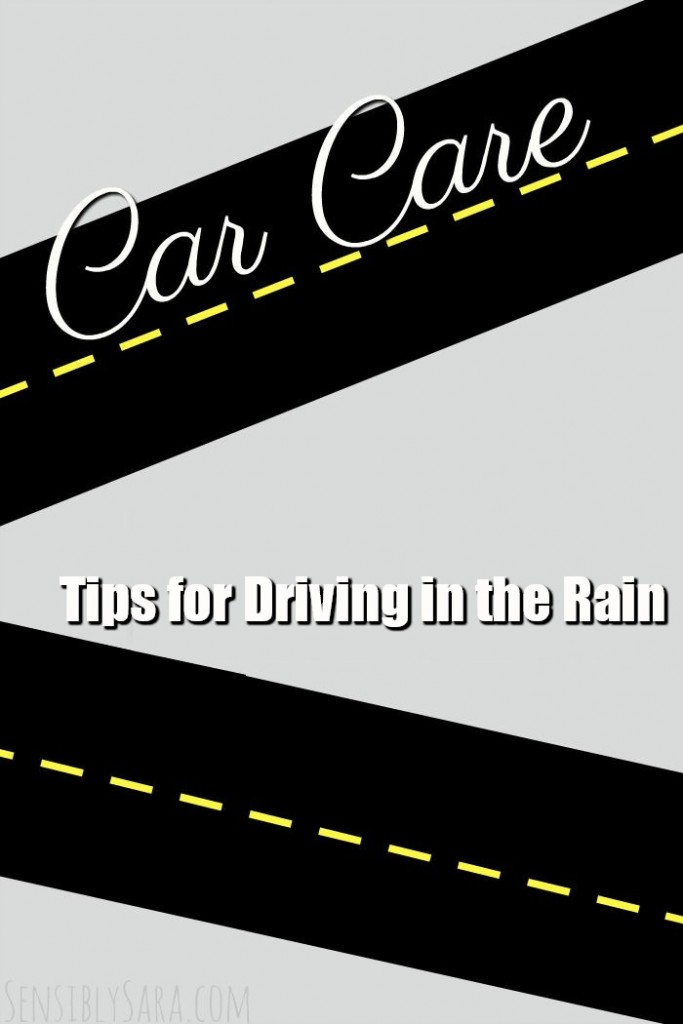According to the Federal Highway Administration (FHWA), a division of the United States Department of Transportation, there are an average of over 5,891,000 vehicle crashes each year. Of these crashes, nearly 1,235,000 are weather-related, meaning they are “crashes that occur in adverse weather (fog, rain, sleet, snow) or on slick pavement (pavement that is icy, slushy, snowy, wet). And, of the weather-related crashes, there are 860,286 that occur on wet pavement and 556,151 that occur during rainfall. However, knowledge of just a few important tips can help you stay safe when you’re driving in rainy weather.

**Full Disclosure: This is a sponsored post.
Tips for Driving in the Rain
Avoid using cruise control – While cruise control is ideal to use during normal weather conditions, it is not so great when it’s raining. This is because the cruise control’s sensors can be affected by the moisture and therefore, not as reliable. Also, cruise control is usually disabled by applying the brakes, something you don’t want to do during rainy weather.
Beware of hydroplaning – According to the Collins English Dictionary, hydroplaning is defined as “a situation in which a vehicle tire rides up on a thin surface of water, losing contact with the pavement, and resulting in sudden loss of control.” It is fairly easy to hydroplane since it can occur at vehicle speeds of just over 35 MPH and with just 1/12th of an inch of rain on the road. If you do happen to hydroplane, slowly ease off the brakes and allow your vehicle to slow down and for the tires to grip onto the road.
Defog your windows– Rain causes humidity levels to increase, resulting in your car windows fogging up. To maximize visibility, turn on the front and rear defrosters to clear up the fogginess. To remove the humidity from inside the car, either roll down the windows about an inch or turn on the A/C.
Increase your following distance – Stopping your vehicle is more difficult in rainy weather because the roads are wet, resulting in additional time to come to a full stop. This means you’ll need to put a greater distance between your vehicle and the vehicle in front of you. To do this, watch for the vehicle in front of you to pass a fixed object, like a building or a road sign. Once it does, start counting and see how long it takes for your vehicle to pass the same object. If it’s less than 5 seconds, it means you’re following too closely, and you’ll want to back off a bit.
Reduce your speed – Wet roads mean that your vehicle’s reaction times are a lot slower, so it’s important that during rainy conditions, you drive slower than normal. It is recommended that you reduce your speed that is 10-15 MPH less than the posted speed limits. So, if the posted speed limit is 55 MPH, you’ll want to reduce your speed to about 35-40 MPH.
Turn your headlights on – While this one may be common sense; did you know that many states have laws regarding headlight use? Laws regarding use of headlights do vary from state to state. Currently, there are 18 states that require drivers to have their headlights on if their windshield wipers are on. Also, there are 14 states that require drivers to have their headlights on during adverse weather conditions, such as fog, rain and snow.
Head over to King B GMC to find a car that fits your needs!
Leave a Reply